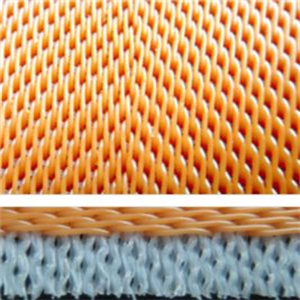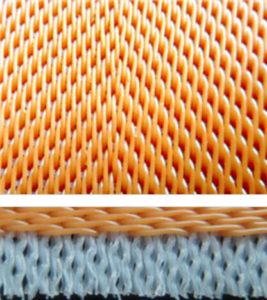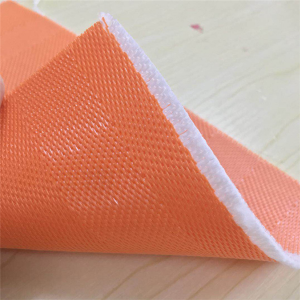
The desulfurization process in power plants is mostly flue gas desulfurization (FGD), which is the most effective and widely used technology for controlling SO2 gas emissions in coal-fired power plants.
The flue gas desulfurization process of power plants can be divided into three categories: wet method, dry method and semi-dry method according to the state of desulfurizer and desulfurization reaction product.
Wet desulfurization process The wet flue gas desulfurization process, form and mechanism of various countries in the world are similar, mainly using alkaline solution as the desulfurizing agent to absorb SO2 in flue gas.
Wet desulfurization processes mainly include: limestone/lime-gypsum method, seawater method, double alkali method, sodium circulation method, magnesium oxide method, etc.
The limestone/lime-gypsum method is the method with the most mature technology, the most applications and the most stable operation, and its desulfurization efficiency is above 95%. Limestone/lime-gypsum wet process is the most widely used desulfurization method in units of 300MW and above. More than 90% of large thermal power plants in the world (such as Germany, Japan, etc.) use wet limestone/lime-gypsum flue gas desulfurization process. The limestone/lime method is the most widely used FGD process in the world. For high-sulfur coal, the desulfurization rate can be over 90%, and for low-sulfur coal, the desulfurization rate can be over 95%.
Huatao FGD Belt Filter Cloth Mainly is installed at series of rubber belt vacuum filter,horizontal vacuum belt filter,drum belt filter,vertical filter press machine,wet desulfurization process of power plant .








 )
)





